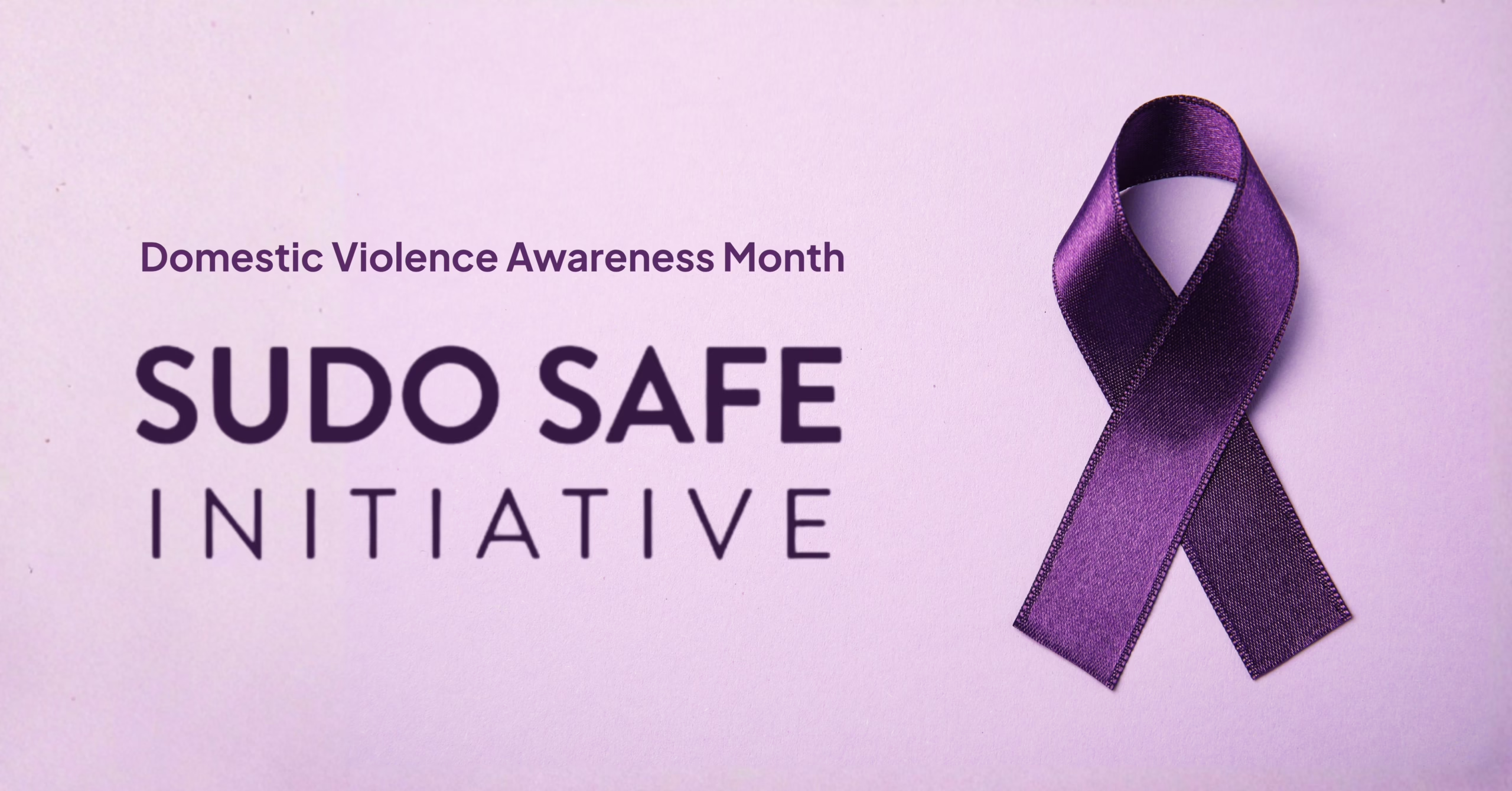The Biden administration and the Consumer Financial Protection Bureau announced a change to drop overdraft fees to as low as $3. The average fee for overdrafts is over $26.
Why this matters: Financial institution’s bottom lines will be greatly affected. We are talking about the nation’s largest banks losing roughly $8 billion.
Who does this affect: Only “very large” banks, savings associations, and credit unions with assets of $10 billion or more will be affected.
The Consumer Financial Protection Bureau (CFPB) found that applying these rules to FIs with assets of $10 billion or more covers:
- 80% of consumer deposits
- 68% of overdraft charges
While smaller FIs won’t be directly affected by this rule, it is crucial to stay vigilant to changes in the market.
Reactions:
- The banking industry is gearing up to fight back with a multimillion-dollar marketing and lobbying campaign.
- Banks will need to start implementing new products or campaigns to make up for the revenue loss such as cyber safety, secure ID verification, safe browsing, and other privacy tools. (We’ll cover more on that below )
Dive Deeper
The financial landscape is on the brink of change. The new rules will reshape revenue streams for banks and credit unions.
Overdraft lending: “Very Large Financial Institutions Proposed Rule”
The “Very Large Financial Institutions Proposed Rule” is part of an executive order that “Established a whole-of-government effort to promote competition in the American economy.” This order’s initiatives create change across multiple industries, including health care, finance, technology, and more.
The Very Large Financial Institutions Proposed Rule:
- Was presented by The Consumer Financial Protection Bureau (CFPB).
- Wants FIs to use overdraft fees to break even by either:
- FIs calculate their own costs and losses using standards outlined in the proposal.
- Using the benchmark overdraft fees of $3, $6, $7, or $14.
- Only applies to FIs with assets of $10 billion or more.
- Change Regulation Z to expand on the definition of open-end credit: “plan” and “finance charge.”
You can read the full document from the CFPB here.
Other changes for the financial space from the executive order have included:
- The U.S. Department of the Treasury submitted a report to the White House Council to show that fintech needs more regulations.
- The CFPB proposed a new rule to lower credit card late fees.
- The CFPB is making credit card comparison more accessible.
For all banks and credit unions, these new rules can have significant impact. The CFPB is setting new standards in the FI industry, which consumers will come to expect from all FIs, no matter the size.
The Overdraft Fee Changes: Making New Revenue Streams
The proposed regulations can significantly reduce overdraft fee revenue, prompting banks and credit unions to seek alternative revenue sources. While this presents a challenge, it also creates opportunities for proactive innovation and the maintenance of financial well-being.
Privacy Tools as Revenue Generators: A Win-Win Strategy
Privacy tools are a great way to start a new revenue stream. By charging a small monthly subscription fee, you will keep your customers safe from fraud and foster customer loyalty.
Here is the suite of privacy tools you could offer your customers:

Cyber Safety Tools:
- Password Manager: Offer customers a secure way to manage and store passwords, ensuring enhanced cybersecurity.
- Virtual Private Network (VPN): Provide a VPN service for safe and private online activities.
- Virtual Cards: Introduce virtual card solutions for secure online transactions, reducing the risk of fraud.

Secure ID Verification:
- Secure Communications: Enable encrypted communication channels, increasing customer trust in sensitive interactions.
- Encrypted Voice, Video, Email, and Messaging: Ensure end-to-end encryption for various communication channels, safeguarding customer privacy.

Safe Browsing:
- Private Browser: Introduce a private browsing experience to protect users from tracking and potential cyber threats.
- Ad & Tracker Blocker and Site Reputation Service: Enhance online safety with tools to block ads, trackers, and assess website reputations.
No need to build it yourself. You can offer all of these products to your customers quickly by partnering with Anonyome Labs. Learn more here.
The Path Forward: Embracing Innovation
As FIs face a shifting financial landscape, embracing innovation is necessary for success. Integrating privacy products not only addresses revenue concerns but positions banks and credit unions as committed to customer security and satisfaction.
To learn more about adding privacy tools to your offerings, click here.
Or, to see exactly what privacy tools can do for your FI, request a demo from Anonyome today!



